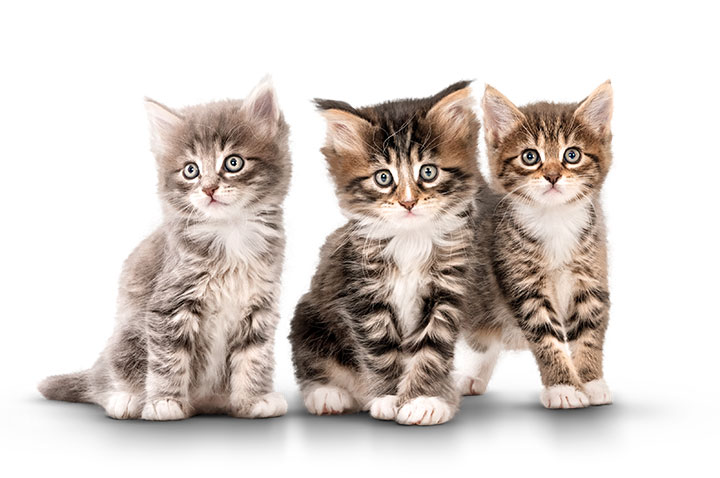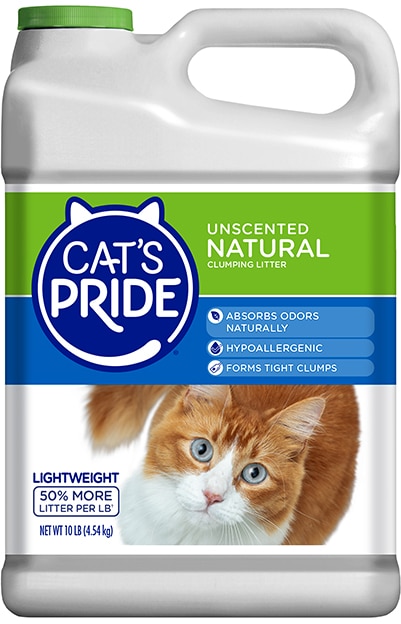Like people, as cats grow and age, their needs change. To ensure you’re offering the right care for your cherished one, we’ve put together a brief guide that outlines the main stages of a cat’s life and what you should keep an eye out for.
Kitten: 0-9 months
As a kitten, your cat will be the bouncy, curious and playful creature that you’d expect. Of course, all this energy and a lack of life experience can lead to injuries – be it from climbing a tree or eating something they shouldn’t. So, watch for things like a bloated stomach, not eating, vomiting and excessive thirst. Like a baby, they need plenty of care and attention, as well as a healthy, balanced diet to help them grow.
Young adult: 9 months-3 years
As your kitten becomes a young adult, you’ll notice he or she will test boundaries and still have boundless energy. During this time, “teen cats” are more likely to injure themselves from doing something athletic. For outdoor cats, this is also when road traffic poses the biggest risk. Basically, they’re like teenagers – and make silly decisions as they learn their lessons.
Mature adult: 3-10 years
Once your cat reaches full maturity, you’ll notice they have now fully filled out and are stronger, steadier and a bit more sensible. During this period, they’ll start to become more susceptible to “wear and tear” health issues. Keep an eye out for heart and kidney problems; these may manifest themselves in symptoms like excessive thirst, shortness of breath or lethargy.
Older cat: 10-20 years
Just like older people, as cats age, they may slow down. And, as you’d expect, they may need some extra support if some of their senses become less sharp. Issues might include an overactive thyroid, arthritis, renal failure, heart disease and diabetes. But, with the right care and attention, there’s no reason why they can’t live a slower but equally happy life well into their golden years (or whatever the cat equivalent is).



